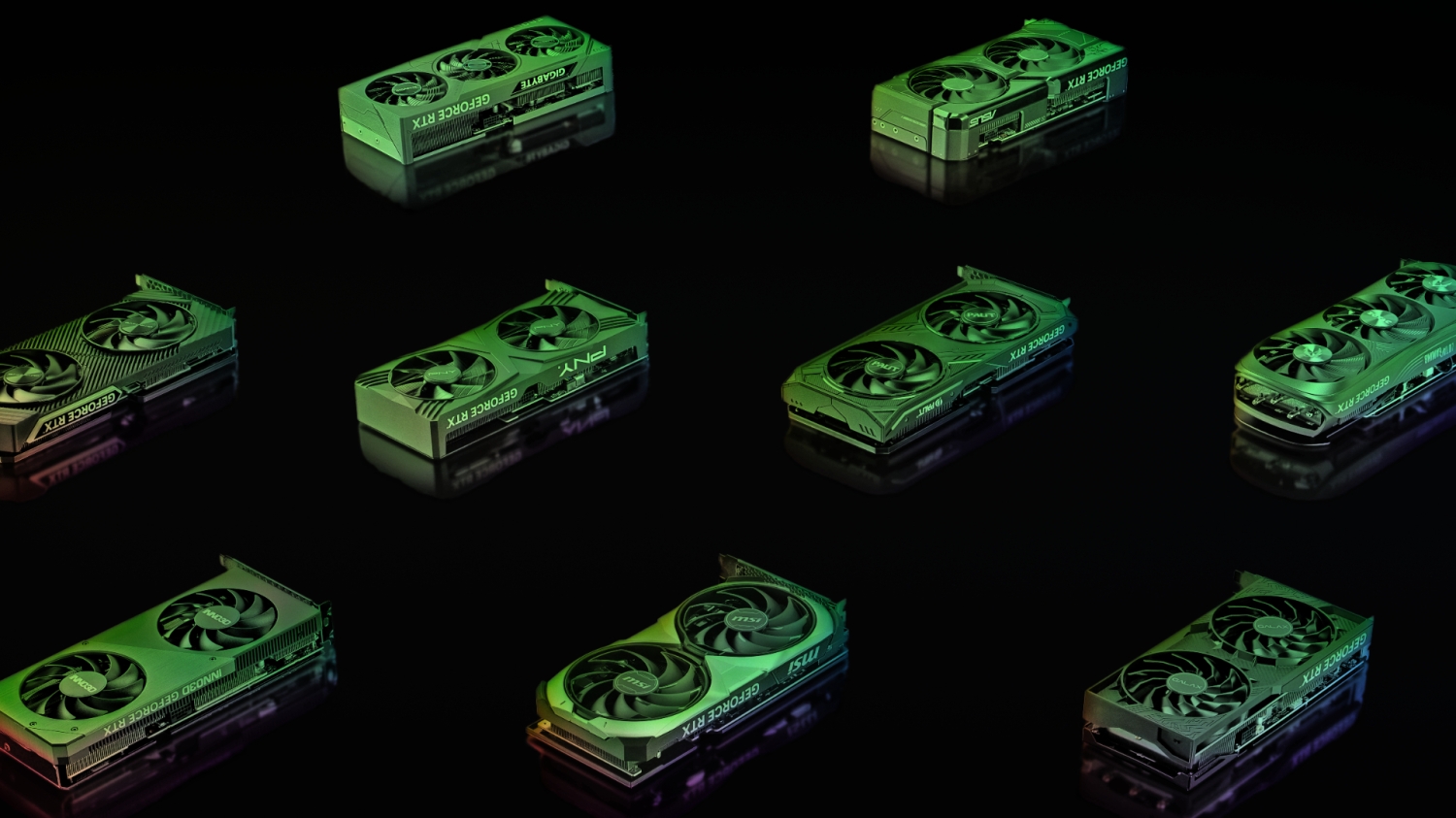arandomguy
Veteran
40 Super cards released almost exactly a year ago and there wasn't much of this at all, supply was fairly abundant and after maybe a week or so you could just buy the cards for MSRP. So I don't think this is a seasonal thing.
The 40 series was a refresh which would entail rather different production and shipment logistics as well as launch demand.
The current situation would be a result of a multitude of factors most of which are rather typical such as the afore mentioned seasonal/cyclical impacts and it being a new generation product launch. The need to overthink and try to find some sort of single attribuble reason for the in ability to buy just a few weeks in just seems like doing too much, or well I guess for some people that brings in more income via views. Often the typical, simple and boring explanation is the reality.
I also have to circle back to another issue in that all the hearsay aside there's very little actual number analysis being provided to paint the actual picture especially context. I've asked this earlier as well, what is the actual total 50 series shipment rate vs 40 series shipment rate over each respective lifecycle?

